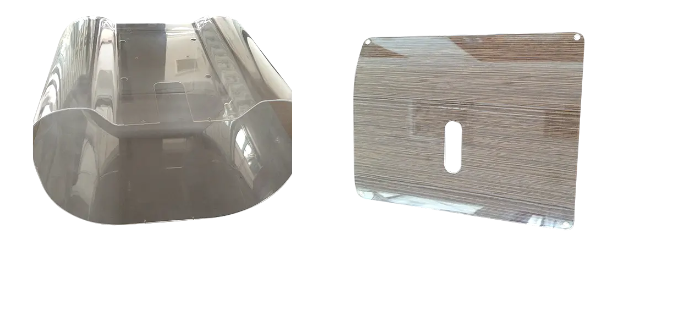Injection molding is a widely embraced manufacturing process for shaping thermoplastic materials into diverse, intricate, and functional parts. This guide aims to provide an in-depth understanding of the injection molding process, the spectrum of injection molding thermoplastic materials used, and the extensive array of applications this technology supports.
Injection molding begins with clamping the mold securely to ensure stability during subsequent stages. Molten thermoplastic material is then injected into the mold cavity under high pressure, facilitating the formation of the intended shape. Following injection, the material cools and solidifies within the mold, adopting the desired form. Subsequently, the mold is opened, and the freshly formed part is gently ejected from the mold cavity.
Various thermoplastics find applications in injection molding, each offering unique properties and applications. Polypropylene (PP) is celebrated for its versatility and lightweight nature, commonly used in packaging, automotive components, and consumer goods. Polyethylene (PE), known for its durability and flexibility, finds widespread use in packaging, toys, and household products. Polystyrene (PS), an affordable and rigid option, is frequently employed in packaging, disposable cutlery, and insulation. Polyvinyl Chloride (PVC), lauded for its durability and versatility, is utilized in construction, healthcare, and consumer goods. Acrylonitrile Butadiene Styrene (ABS) is noted for its strength and impact resistance, making it ideal for automotive parts, electronics, and appliances. Polycarbonate (PC), transparent and high-impact, is commonly utilized in optical discs, eyewear, and automotive components.
Incorporating additives like colorants, stabilizers, fillers, and flame retardants further enhances the properties of these thermoplastics. Colorants impart specific hues to the plastic, while stabilizers enhance resistance to heat, light, and oxidation. Fillers reinforce the plastic and reduce production costs, and flame retardants augment the plastic's resistance to combustion.
The versatility of injection molding is showcased through its broad spectrum of applications. The automotive industry benefits from this technology by manufacturing interior and exterior components, dashboard parts, bumpers, and electrical connectors. Similarly, the packaging sector relies on injection molding for producing bottles, caps, containers, and closures used in food, beverages, and household products. Consumer goods such as toys, kitchenware, appliances, electronic housings, and furniture components are also crafted using injection molding. In the medical field, injection molding produces crucial components like syringes, IV parts, medical containers, and drug delivery systems. Moreover, electronics rely on this process to manufacture housings for devices, connectors, and enclosures. The aerospace industry utilizes injection molding for crafting components like aircraft interiors, structural parts, and connectors. In the construction sector, injection molding produces pipes, fittings, profiles, and various other construction-related components.
To achieve optimal results, careful design and mold optimization are essential. Design considerations should prioritize moldability, minimizing undercuts, and maintaining consistent wall thickness. Mold design should focus on seamless ejection, effective cooling, and minimizing defects. Furthermore, process optimization, involving precise management of injection speed, pressure, and temperature, is vital for achieving the desired part quality. Rigorous quality control is imperative, involving various testing methodologies to ensure parts meet the required specifications.
Environmental sustainability is a crucial consideration in modern manufacturing. Many thermoplastics used in injection molding are recyclable, contributing to waste reduction and environmental preservation. By selecting materials with sustainability and recyclability in mind, the industry can further enhance its eco-friendliness.
In conclusion, injection molding stands as a pinnacle manufacturing technique, enabling the fabrication of intricate plastic parts pivotal across a plethora of industries. A profound understanding of the nuances of materials, processes, and applications is essential for more effective and sustainable manufacturing practices.
